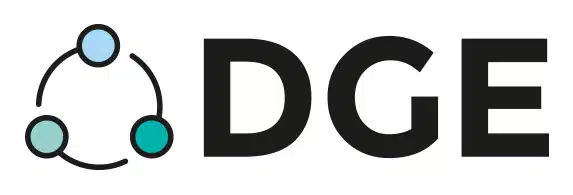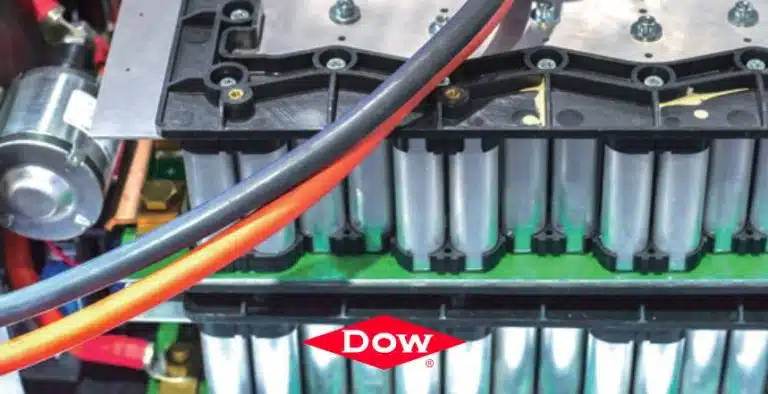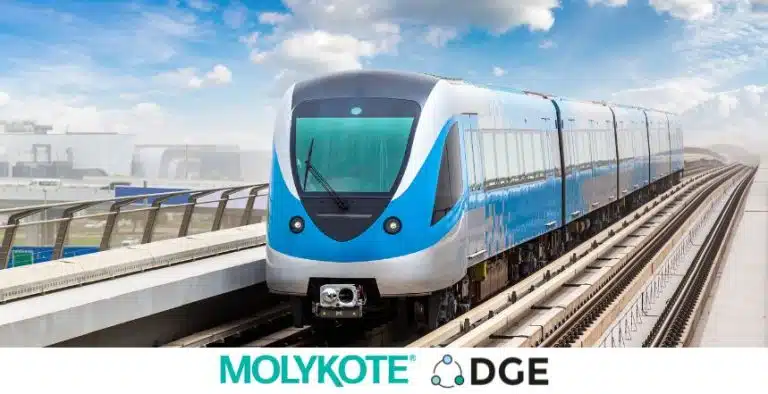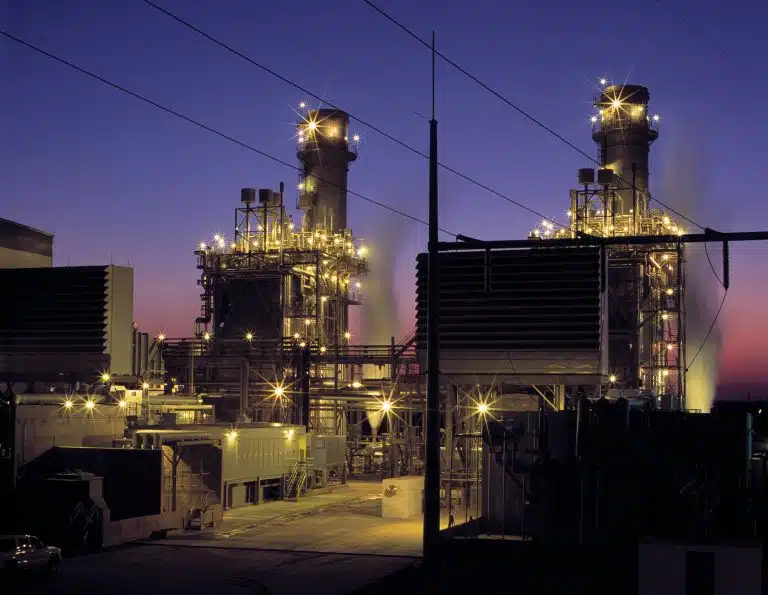7 ways to deal with NVH
Squeaks, vibrations, and rattles can be seen as a sign of poor build quality, which is why manufacturers take so much care to design interior systems that don’t make a sound. Noise, Vibration, and Harshness (NVH) is largely made by the mechanical impact between vehicle parts or components. But this has to be dealt with as it can ruin the driver’s comfort and in-cabin experience.
Here, we take you through a few ways to do exactly that:
Specialist development
Manufacturers rely on suppliers to have done road and track testing on all the individual components of the vehicle. If you’re using the right supplier, this process should be thorough, rigorous, and include noise suppression against the intended specification.
Design and materials
The chosen design, the materials used, and the refining process, all contribute to the level of noise emitted, especially in luxury vehicles. But often (and not wrongly) performance requirements can be given priority over noise suppression, so this must be a consideration when choosing a particular design.
Manufacturer’s beneficial features
Incorporating the original manufacturer’s beneficial features, (such as chamfered ends or adding openings to enhance the brake pads to reduce noise), will help hugely with the reduction of NVH.
Replace any corroded parts
When replacing any part, consider all its surrounding components, as these are often corroded, worn, or missing themselves, which – even when the corrosion is extremely minimal – will result in increased NVH, despite a newly-fitted part.
Consider your choice of lubrication
Every component must be comprehensively lubricated to avoid any, or further corrosion. Lubricants have a key role to play in preventing noise intrusion, squeaks, and other operational harshness issues. But one size does not fit all by any stretch of the imagination. Consider your choice of lubrication carefully. For more detailed information on this, take a look at the link at the bottom of this article.
Clean all components
Replacing any part without cleaning the components in question thoroughly will cost time and money but may also lead to unwanted movement – which will mean increased NVH.
Use quality parts
Make sure you fit quality parts and accessories that are correct for the application in both size and specification. Failure to do so will result in unnecessary movement and corrosion, which in turn will increase NVH.
Shifting automotive design standards must keep up with a growing list of demands. Engineers, designers, suppliers, and manufacturers are all under increasing pressure to perform. If you want to keep up with these changes, it’s important to put long-term value above upfront costs.
For further information on noise prevention and the many other benefits of selecting the right lubricant, download the latest eBook from lubricant experts Krytox™,Choosing the Right Automotive Lubricant: Ensuring Optimal Performance for Extended Vehicle Life.
©2020 The Chemours Company FC, LLC. Krytox™ and any associated logos and visuals are trademarks or copyrights of The Chemours Company FC, LLC






